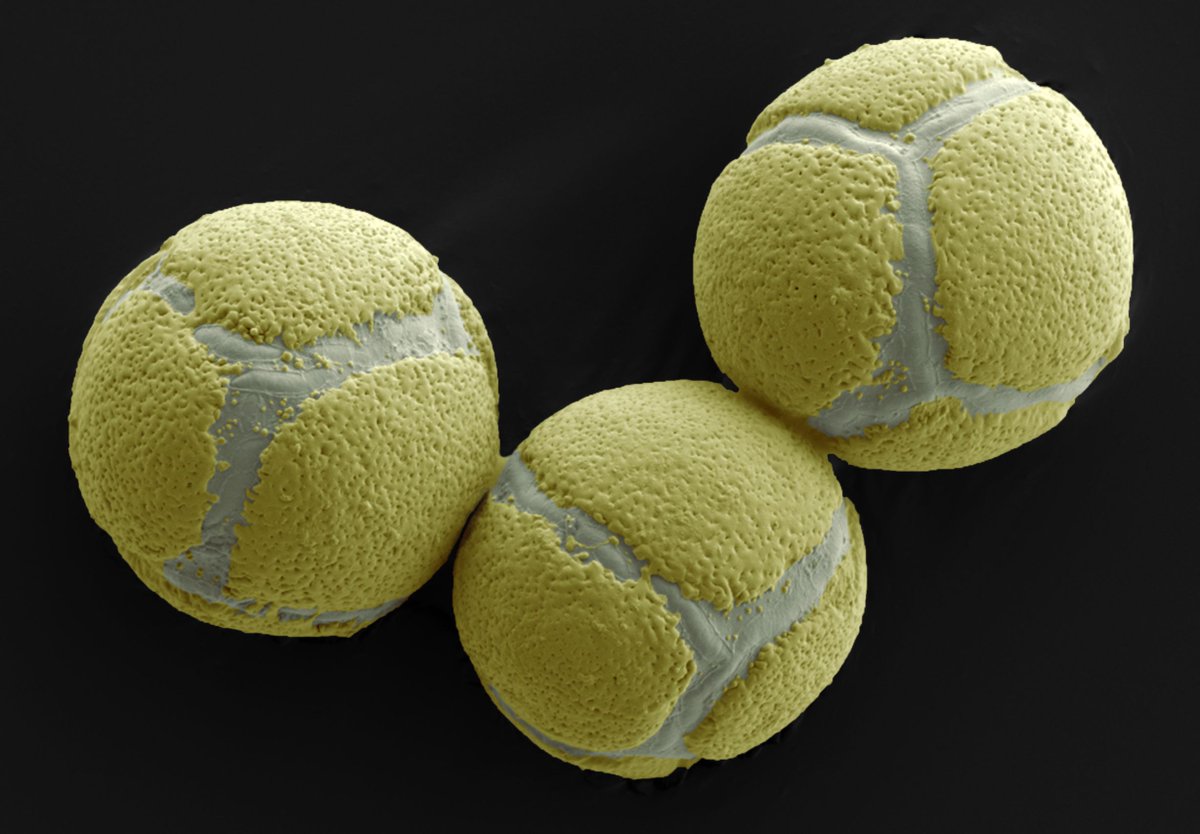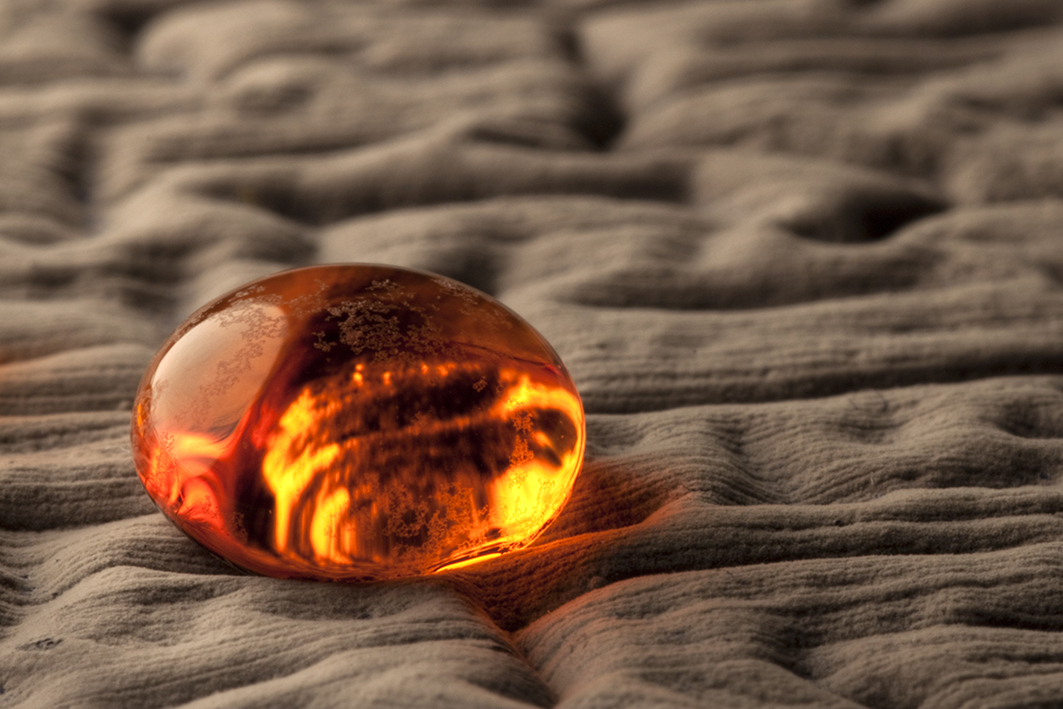
Norwich Research Park Image Library
@norwichsciimage
The Norwich Research Park Image Library is a free to use collection of scientific images. All images are free to use under Creative Commons Licence
ID: 1373945683900821509
http://images.norwichresearchpark.ac.uk/ 22-03-2021 10:32:55
13 Tweet
83 Followers
38 Following

Hello. Welcome to the Norwich Research Park Image Library twitter account - a free to use collection of plant and microbial images. All images are free to use under Creative Commons Licence okt.to/kXhIAo John Innes Centre Earlham Institute Quadram Institute The Sainsbury Laboratory Norwich Institute for Sustainable Development



This is great! Loads of amazing science images from across the Norwich Research Park Park and all free to use📸

There are some fantastic images here that help shine a light on what great work is being done at Norwich Research Park

Tennis balls? -Think again! SEM allows us to see into the microscopic world and view things like this; the pollen of wild mahonia flowers. These have been false coloured by Kim Findlay in the bioimaging department of John Innes Centre For more images - okt.to/Yfs5Uh


FREE IMAGES - Alongside The Sainsbury Laboratory, we have launched an open-source image library for journalists, writers and picture editors seeking to bring content on genome-editing and genetic modification to life okt.to/UHv15D Norwich Research Park Norwich Research Park Image Library Biotechnology and Biological Sciences Research

This Saturday we celebrate #BiodiversityDay! Research carried out across the Norwich Research Park Park aims to mitigate some of the effects of biodiversity loss and provide sustainable solutions to prevent it UN Biodiversity For more images - okt.to/1AtsCL


Here is our own version of a solar eclipse! This is created by the presence of the fluorescent Avenacin compound found in the outer cells of oat roots. @JohnInnescentre Anne Osbourn #MetabolicBiology For more images - okt.to/mGyt4D


We think this image looks like a bead of honey or amber, but it’s actually a droplet of Coelimycin, a novel antibiotic produced by switching on silent gene clusters within S.coelicolor. Collaborative work w/ Marco Gottelt Campus Fryslân - University of Groningen For more images - okt.to/n2HXEz


We're guessing that our followers will have some fantastic images to share? CC Norwich Research Park Norwich Research Park Image Library

This sci-fi looking individual isn’t an extra-terrestrial but an Aster Leaf Hopper nymph, the vector of a bacterium that causes Aster Yellow Witches’ Broom. Scientists John Innes Centre are working on ways to stop the spread of the disease For more images okt.to/2WJ6K3
